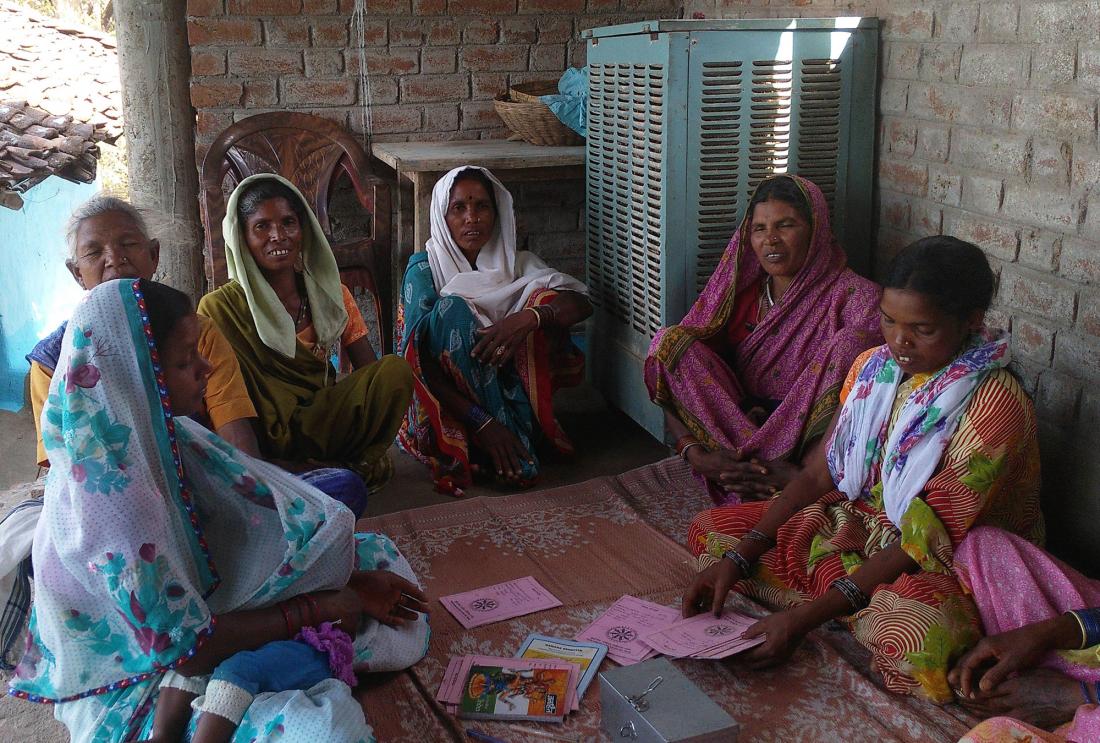Perceptions of Female Leaders in India
- Civil servants
- Voters
- Citizen satisfaction
- Discrimination
- Gender attitudes and norms
- Diversity quotas
- Gender quotas
Policy issue
Relative to their share in the population, women are under-represented in all political positions – comprising only 17% of all the world’s parliament members in 2006. These gender disparities do not reflect legal restrictions in most cases – women can vote, support candidates and run for office in almost every country. It has been suggested that in both rich and poor countries, women’s access to public office is restricted by voter bias in favor of male politicians. Women’s reservation policies, guaranteeing a certain number of seats for female candidates, are advocated as a way to reduce the gender bias in politics. While such reservations increase female participation in politics and often alter subsequent policy making, little is known of the impact of reservations on changing perceptions of female leaders and the future electoral success of women.
Context of the evaluation
In 1993, a constitutional amendment in India called for one third of village council leader positions (pradhans) to be reserved for women. These village councils control the allocation of funds for local infrastructure projects, such as construction and maintenance of drinking water and irrigation systems, road construction, and beneficiary selection for government programs. A set of rules was established which, in effect, led to random assignment of villages where the position of chief village councilor would be reserved for a female candidate. This policy led to a significant increase in elected female councilors in subsequent elections (when the position was no longer reserved).

Details of the intervention
The randomized selection of some village chiefs (pradhans) positions to be reserved for women allowed researchers to test the effect of having a woman leader on attitudes and biases. Villages that had a reserved council president were compared against those that did not to examine the impact of mandated exposure to female leaders on villagers’ preferences and perceptions. Researchers developed three survey methods to measure that impact. Data comes from 495 villages in the Indian state of West Bengal, spread across 165 village councils in the Birbhum district.
First, researchers used a detailed survey and experimental data to determine voters’ taste for female leaders, their perceptions of gender roles, and the effectiveness of female performance. Explicit tastes were captured by voters’ stated feelings towards the general idea of male and female leaders, rated on a scale of one to ten. Second, implicit measures of voters’ tastes were examined through the use of a computerized Implicit Association Test. Respondents revealed gender-occupation stereotypes through the strength of association between male and female names and leadership and domestic tasks, implicitly measuring preference for female leaders. Finally, to examine voter perceptions of leader effectiveness, villagers were asked to evaluate the effectiveness of hypothetical female and male leaders described through vignettes and recorded speeches in which the leader’s gender was experimentally manipulated.
Results and policy lessons
Impact on Stated Tastes: Mandated Exposure to a female leader does not affect villagers’ stated taste for male leaders. Men rated male leaders 1.44 points higher than female leaders. Women exhibited a smaller, though significant, bias in favor of male leaders, ranking them 0.56 points above female leaders.
Impact on Implicit Tastes: Exposure to a woman leader improved voters’ implicit taste for female leaders. Both genders exhibited a significant bias against women in leadership activities in never reserved villages, but reservation-induced exposure lowered the strength of the stereotype which linked men to leadership activities. This suggests that while reservation did not make male villagers more sympathetic to the idea of female leaders, it caused them to recognize that women could lead.
Impact on Perceptions of Effectiveness: Exposure to a female leader altered the perceptions of female leader effectiveness among male villagers. Men who have never been exposed to a female leader evaluated the hypothetical female leader 0.055 standard deviation below that of the male leader. However, villagers who had observed at least one female leader as a result of the reservation policy showed no evidence of bias against female leaders. If anything, male villagers in these areas rated the hypothetical female leader higher than the identical male leader.
Impact on Electoral Outcomes: Political reservation led to significant electoral gains for women. In the May 2008 election more women were elected to office in village councils where the leadership position had been reserved for women in both the 1998 and 2003 elections. Relative to other councils, the proportion of female candidates in councils that had twice been reserved for women increased by 3.7 percentage points and the proportion of women elected as a council member more than doubled (10.7% compared to 4.9%). The proportion of women elected as chief increased from less than 10% to almost 18%.


